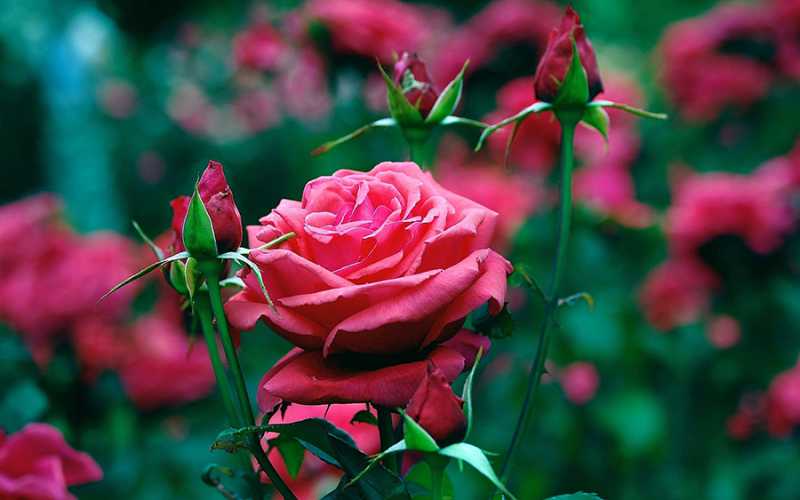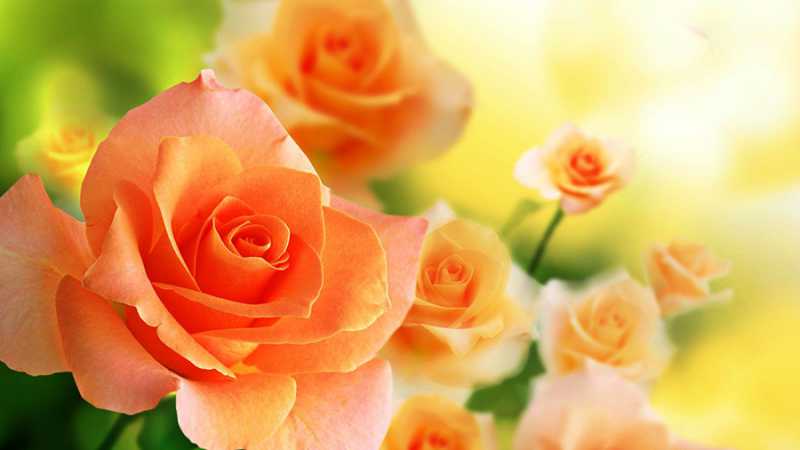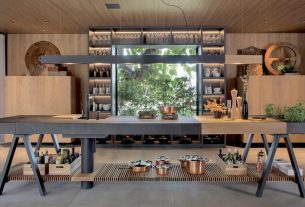If you are a supporter of gardening organic, you must know how to grow big and beautiful roses it can be a complicated task (4 creative ways to create homemade vegetable gardens using recycled materials).
This type of flower, although very beautiful, is notoriously sensitive and can succumb to all types of diseases and pests.
However, as difficult as it may seem, it is possible to grow beautiful organic roses, after all, the Chinese have been doing this for 5,000 years!
We can say that the great secret of organic gardening is understanding how nature works and working in your favor to produce beautiful shrubs and flores.

Here are 8 tips to help you grow amazing organic roses without the use of chemicals.
1. Choose a good location
The first step and one of the most important is to correctly choose the area in your garden that will receive the flowers.
Sunlight is very important for roses, so you should choose a location that receives six to eight hours of sunlight per day, as well as having good drainage.
Secondly, adequate space is very important. This kind of flor needs excellent air circulation. Each rose bush must have a space of approximately 90cm in diameter to flower.
See: 130 simple and creative ideas for recycling objects at home
2. Prepare your soil
If your soil contains a lot of clay or sand, invest in topsoil and be generous with your home composting.
The perfect pH for growing beautiful roses is around 6.5, so you should check the pH of your soil.
See Also: Learn how to make wonderful bouquets, fantastic arrangements, special baskets, decorated vases and floral works of art.
3. Choose a variety of roses
Be sure to choose a hardy rose variety.
As rose bushes can vary greatly in size, you need to consider the space available in your garden.
The 10 best hardy varieties of roses are (the names are in English):
- Silver Ghost
- Temptress
- Golden Gate
- Cinderella
- Lancashire
- Buxom Beauty
- Champagne Moments
- Red Finesse
- Summer Beauty
- Caribbean Dawn
See Also: Learn how to make a beautiful wreath step by step

4. Hydration
Once you have planted your roses, be sure to water them frequently especially in the first few weeks.
Depending on the weather, you may need to water them every day. These demanding plants need a lot of water and sometimes even rainfall isn’t enough to quench their thirst during the summer months, so be generous.
See: How to make a beautiful bouquet using the esperal technique
5. Organic rose food
Roses not only need water, but food too. They are best fed in the spring after pruning, while they are still in bud; and in the middle of summer.
There are organic fertilizer options that you can find on the market, but opt for organic food – you can find some recipes on the Internet.
See Also: Learn how to make a fantastic bouquet for a teenager
6. Pruning Tips
Roses are best pruned when fully bloomed.
Remove any leaves that remain on the plant and cut off any dead or diseased branches. A good way to tell if a branch is dead (besides being brown or black) is that the inside will be brown and no longer green.
See Also: Learn how to make wonderful bouquets, fantastic arrangements, special baskets, decorated vases and floral works of art.

7. Protect your roses
In Brazil, we don’t face such harsh winters, but if you happen to live in a place that reaches temperatures below 0, see the following tips.
The last fertilizer application must be carefully timed so that plants stop producing flowers before the first frost/snow. However, you must continue watering your roses until the ground freezes.
When the frost/snow arrives, protect your flowers by creating a sort of “veil” to cover them – use some pipes to keep the veil away from the roses. Remove this veil in early spring.
See Also: 7 incredible dog breeds for apartments
(ninja-inline id=9469)
8. Maintain a colorful and diverse garden
By growing a variety of plants in your garden, you will not only enjoy disease-free roses and a beautiful, colorful outdoor space, but also attract a variety of animal life and insects.
Birds, ladybugs and other predatory insects will serve to reduce populations of aphids and other pests that can damage your roses.
See: How to choose the best color for your bedroom

Sign up for our newsletter and stay up to date with exclusive news
that can transform your routine!
Warning: Undefined array key "title" in /home/storelat/public_html/wp-content/plugins/link-whisper-premium/templates/frontend/related-posts.php on line 12
Warning: Undefined array key "title_tag" in /home/storelat/public_html/wp-content/plugins/link-whisper-premium/templates/frontend/related-posts.php on line 13



